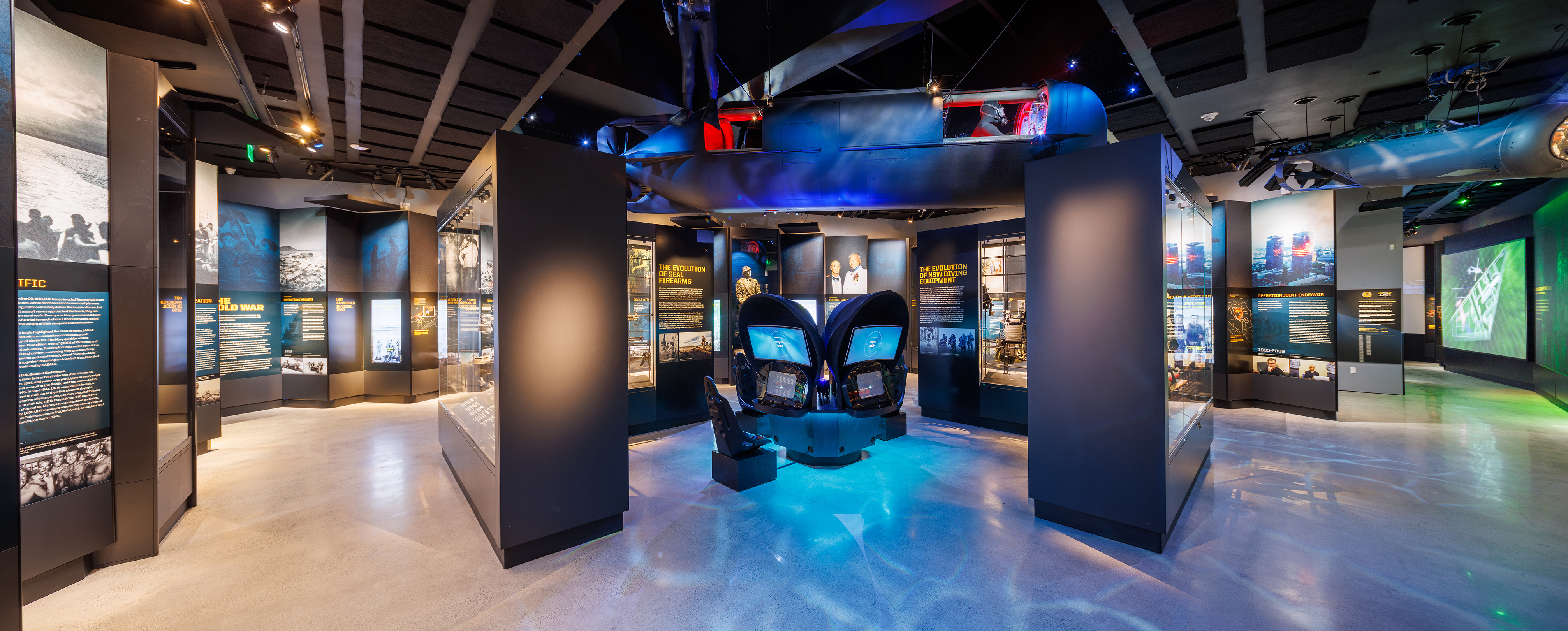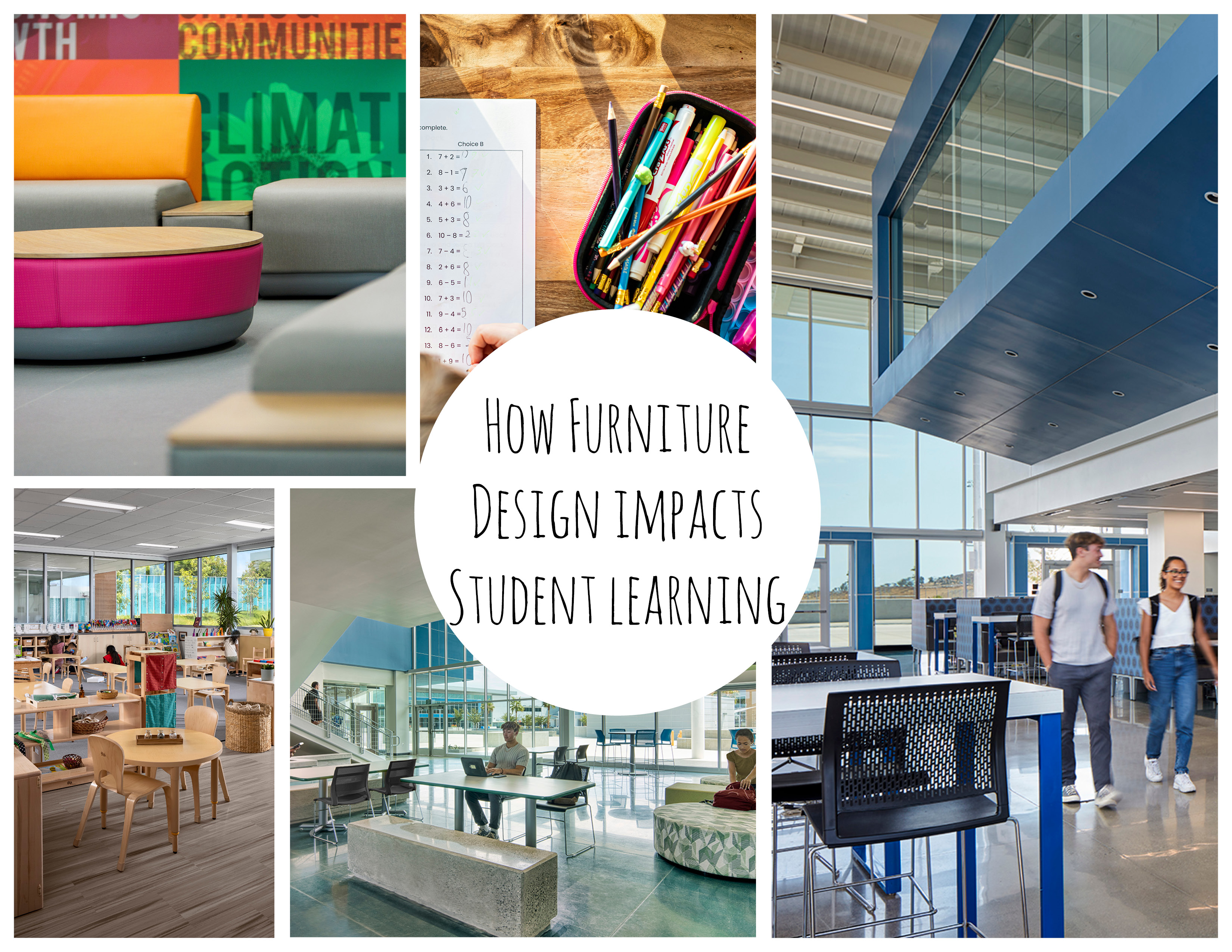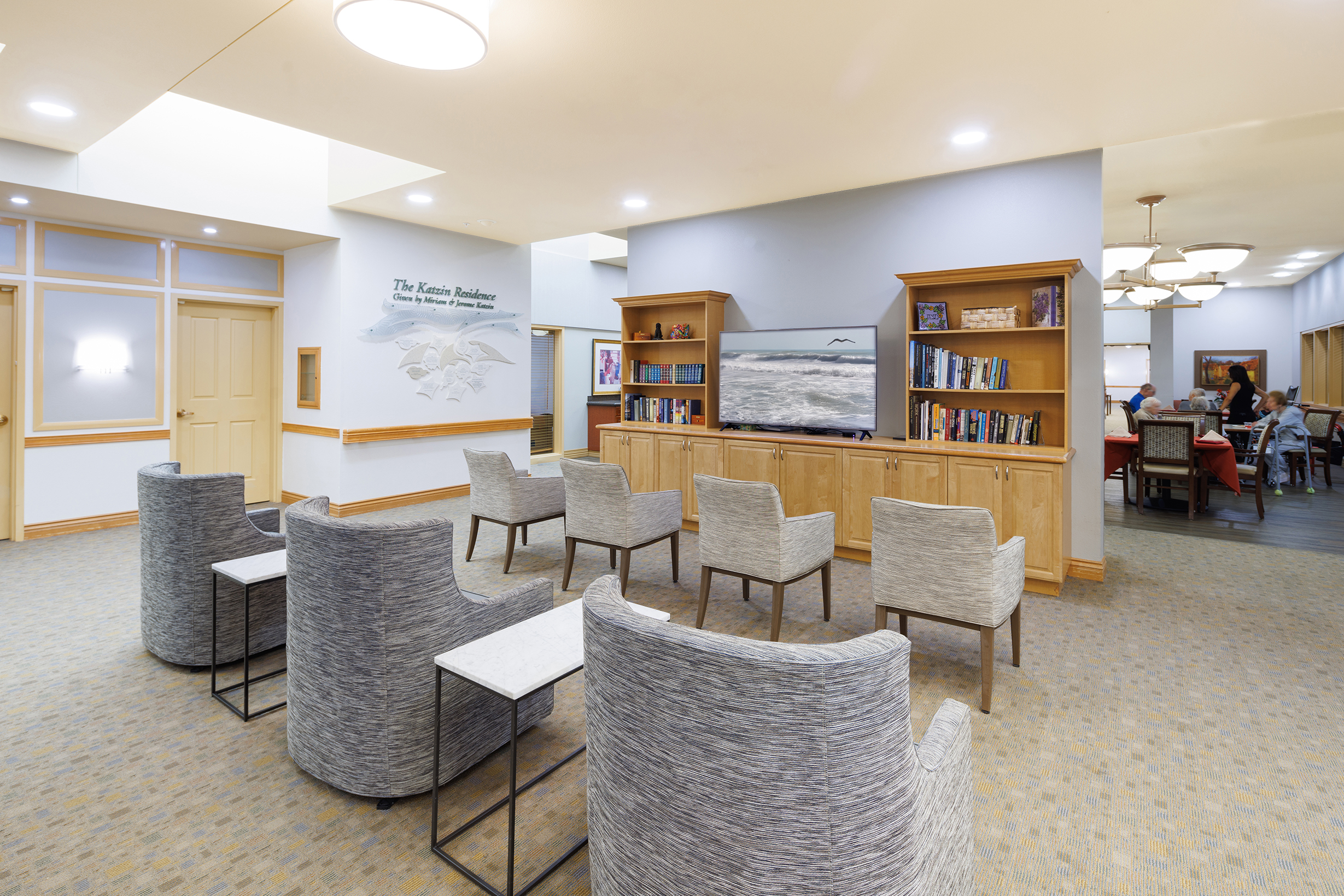Transforming Spaces with Environmental Graphic Design: Placemaking, Storytelling, and Emotional Connection
By Jeni Bauer
Environmental Graphic Design (EGD) blends graphic design, branding, interior design, architecture, and storytelling to transform ordinary spaces into powerful experiences. At ID Studios, we believe great design is more than furniture and finishes, it’s about creating meaningful environments that inspire emotion, spark connection, and bring identity to life.
Through carefully crafted environmental graphics, we help shape experiences that tell a story, create a sense of place, and connect people to the spaces they inhabit. Here’s how EGD can transform any environment into a destination filled with purpose, identity, and human connection.
1. Placemaking: Turning Spaces into Meaningful Destinations
Placemaking is the art of transforming a space into a place of belonging. When people connect to a place, they connect to each other.
With placemaking design, environmental graphics help foster community, highlighting shared goals, celebrating milestones, and creating interactive spaces where people can engage. From workplaces to healthcare environments to educational campuses, EGD defines the character and personality of a space. Visual systems, custom graphics, and signage establish a unified design language that strengthens identity and maximizes shared value.
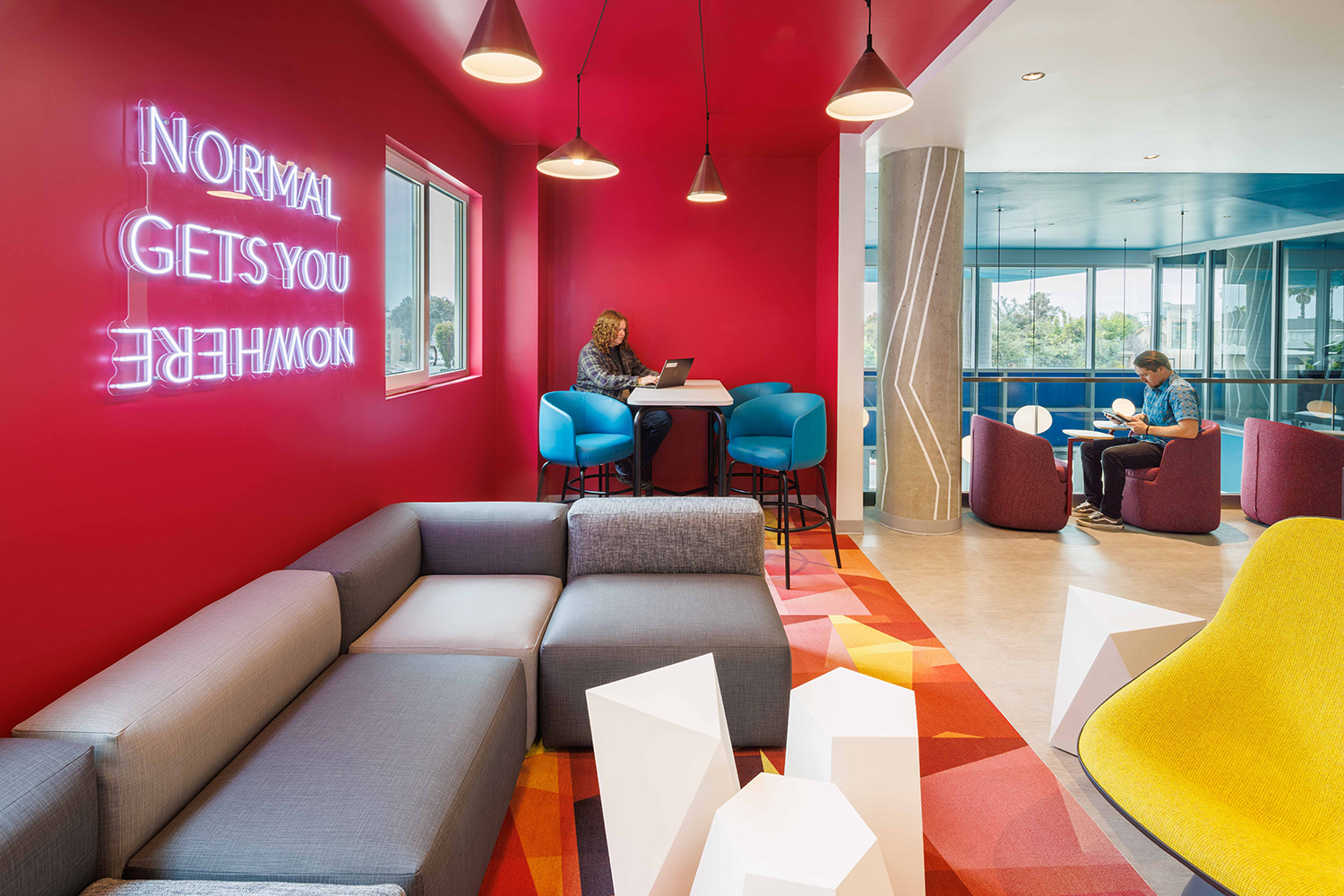
2. Brand Identity: Extending Your Story Into the Physical Environment
Your brand is more than a logo, it’s a culture, a promise, and an experience. Environmental branding integrates that identity into the built environment, making it visible, tangible, and memorable.
Typography, color palettes, murals, and custom signage extend your brand story into every corner of your space. Whether it’s reinforcing company values in an office or building school pride on a campus, environmental graphics create a sense of belonging that people can see and feel.
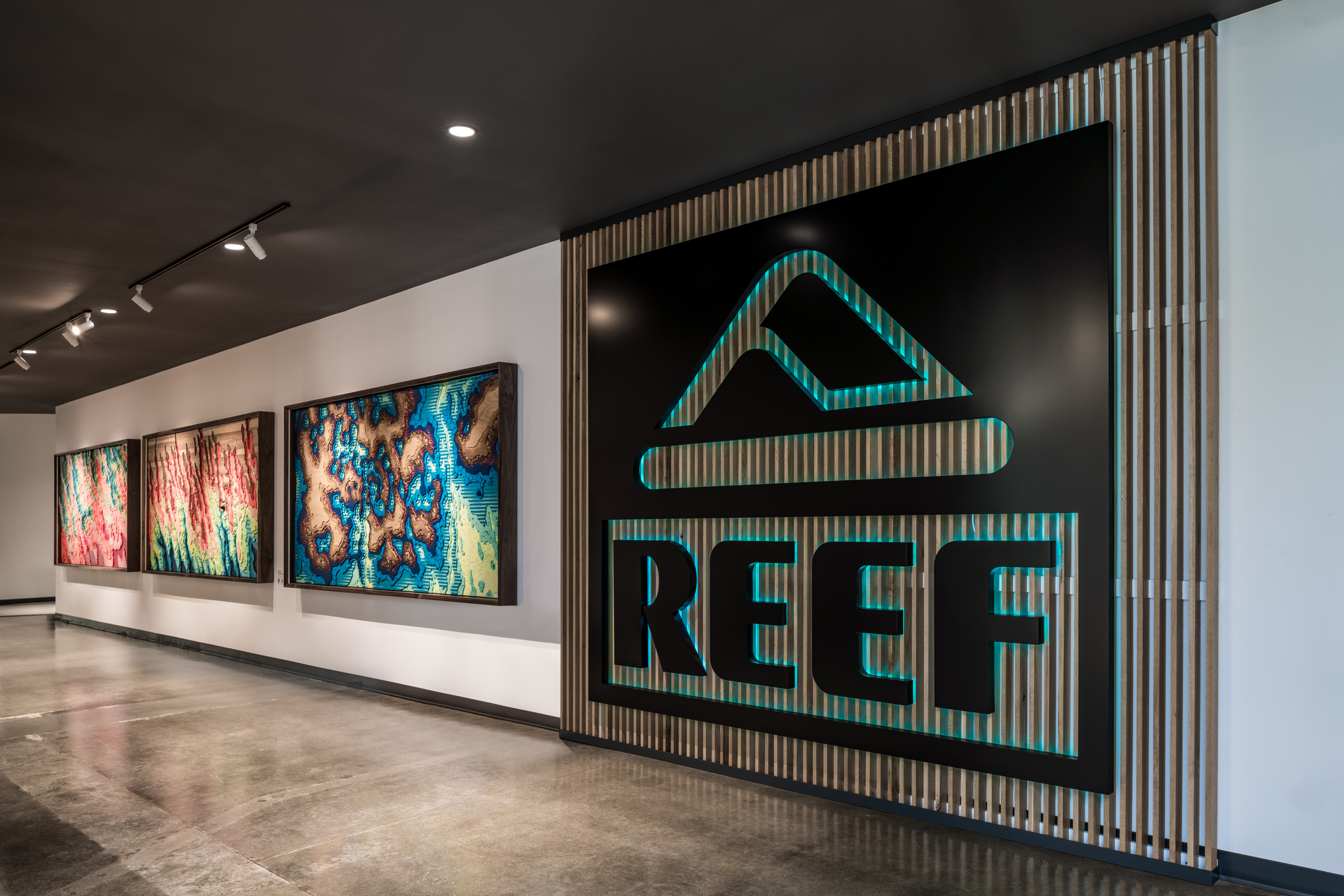
3. Storytelling: Every Surface Has a Voice
Every space has a story to tell, and environmental graphic design gives that story a stage. Through wall graphics, donor recognition displays, impact timelines, and immersive visuals, we create environments that speak with authenticity and purpose.
For schools, this might mean showcasing student achievements or alumni pride. For nonprofits, it might be visual storytelling that illustrates impact. For corporate environments, it might mean honoring company heritage while looking to the future. Storytelling through graphics transforms a space into a living narrative that deepens engagement and builds pride.
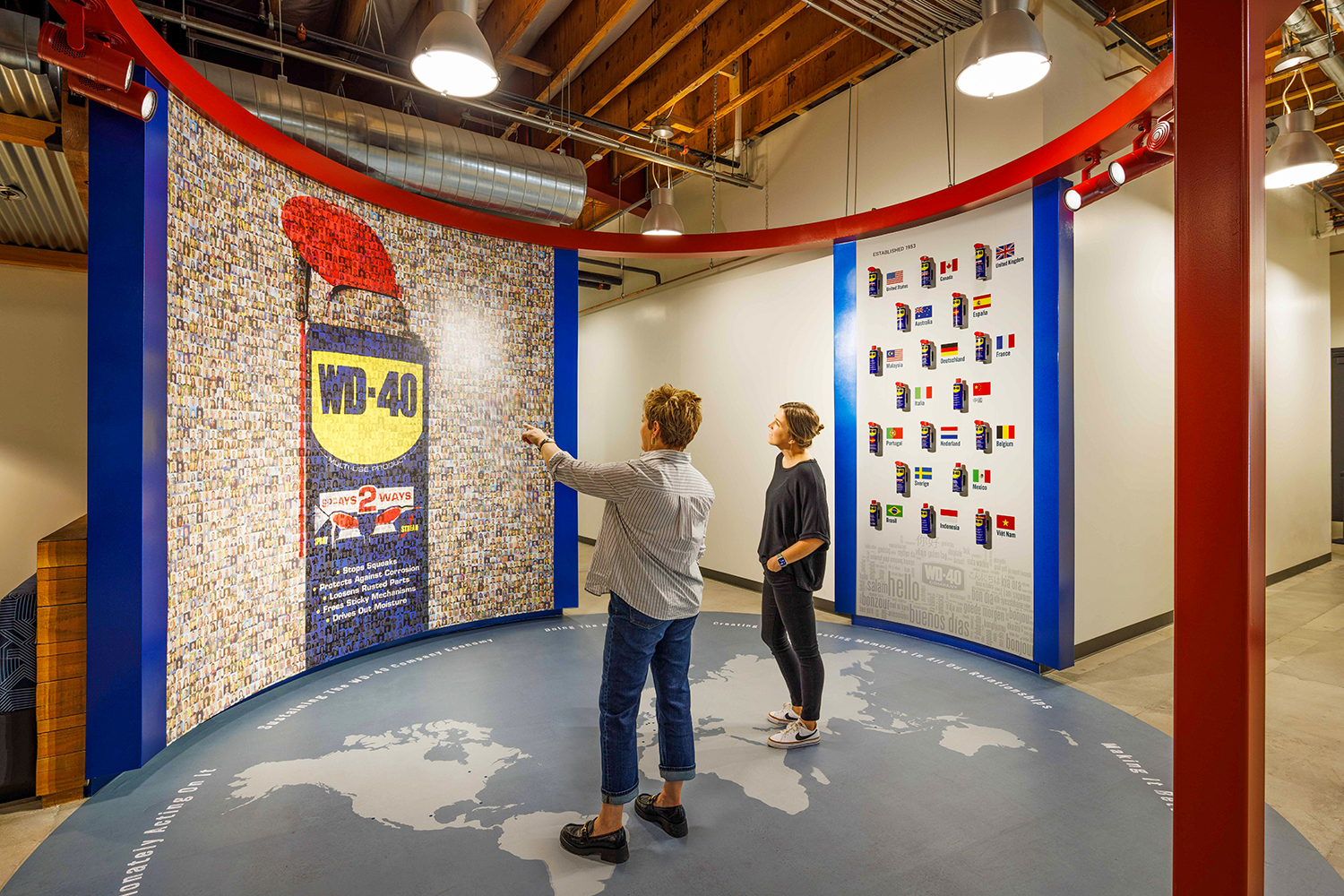
4. Human Connection: Building Culture Through Experiential Design
At the heart of every design decision is one question: How will this make people feel?
Experiential design connects people emotionally to the spaces they use every day. Environmental graphics invite reflection, celebrate diversity, and foster belonging, helping people feel like they are part of something larger.
When thoughtfully designed, environmental graphics strengthen culture, drive collaboration, and elevate satisfaction. A connected culture leads to stronger performance, loyalty, and long-term impact.
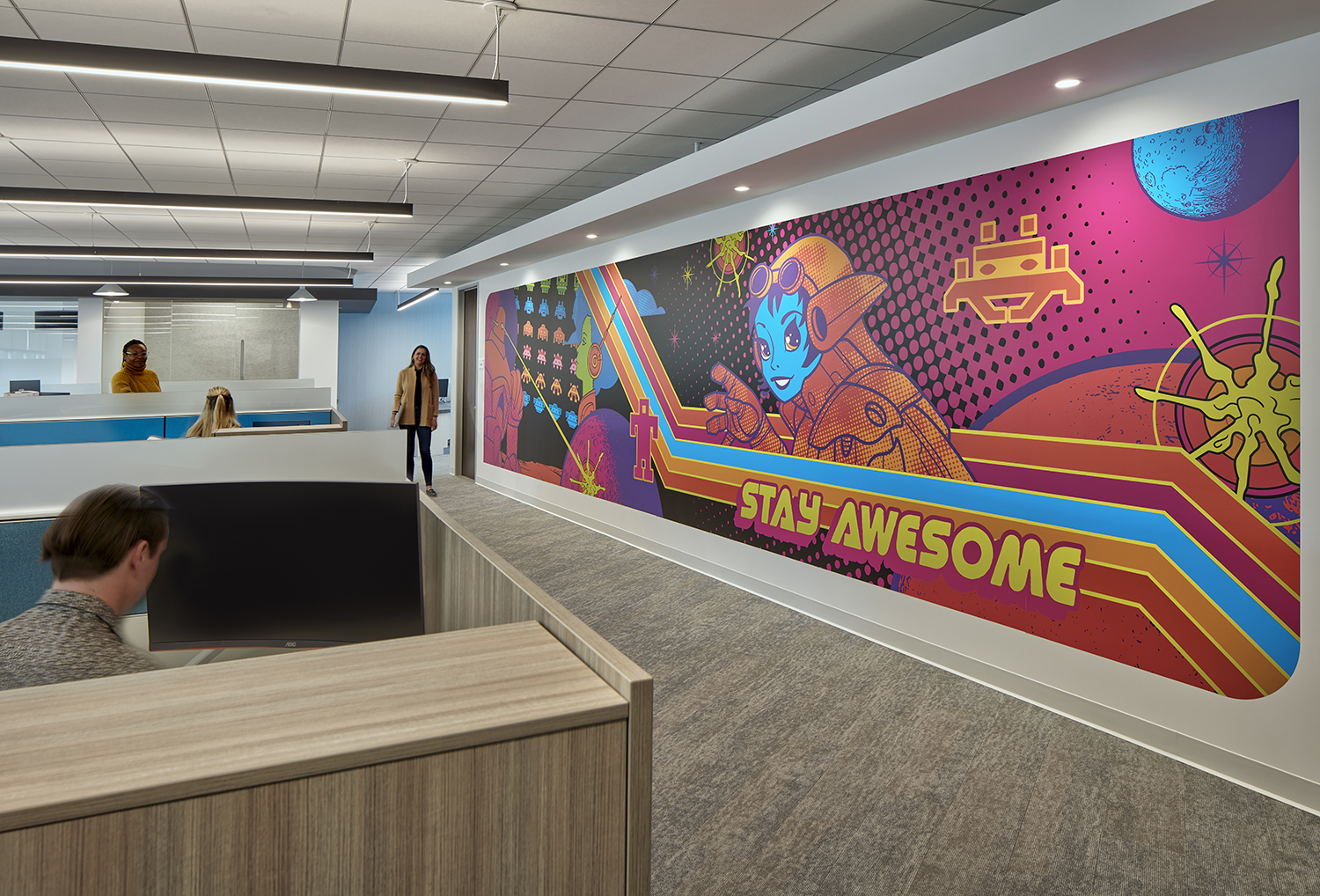
Conclusion: Design that Speaks and Connects
Environmental Graphic Design is more than decoration, it’s a strategic design tool that transforms how spaces function and how people feel within them. It’s design that tells stories, strengthens brands, and forges human connection.
At ID Studios, we are leaders in environmental graphics and experiential design, creating tailored solutions that are as thoughtful as they are impactful. Our goal is simple: to design environments that move people, connect communities, and bring life to every space.
